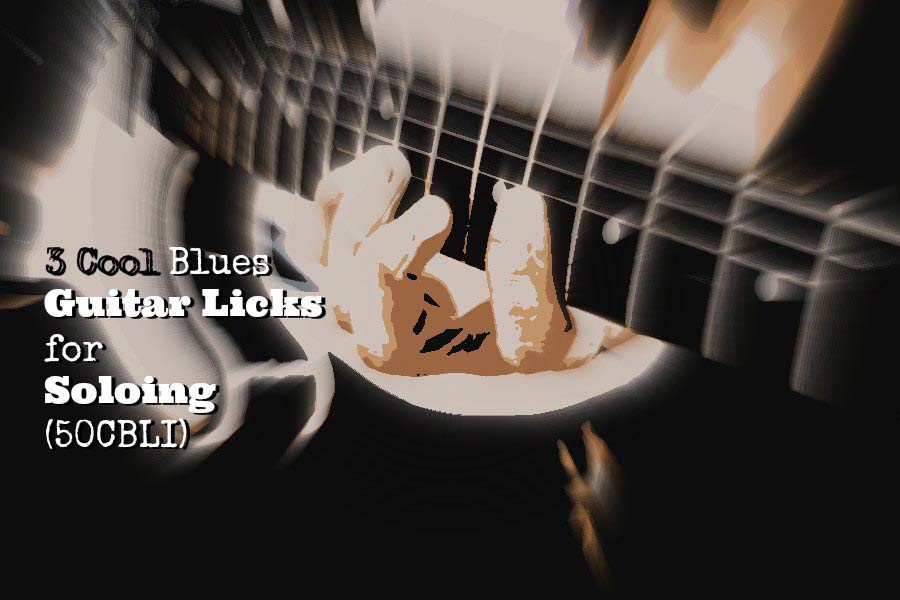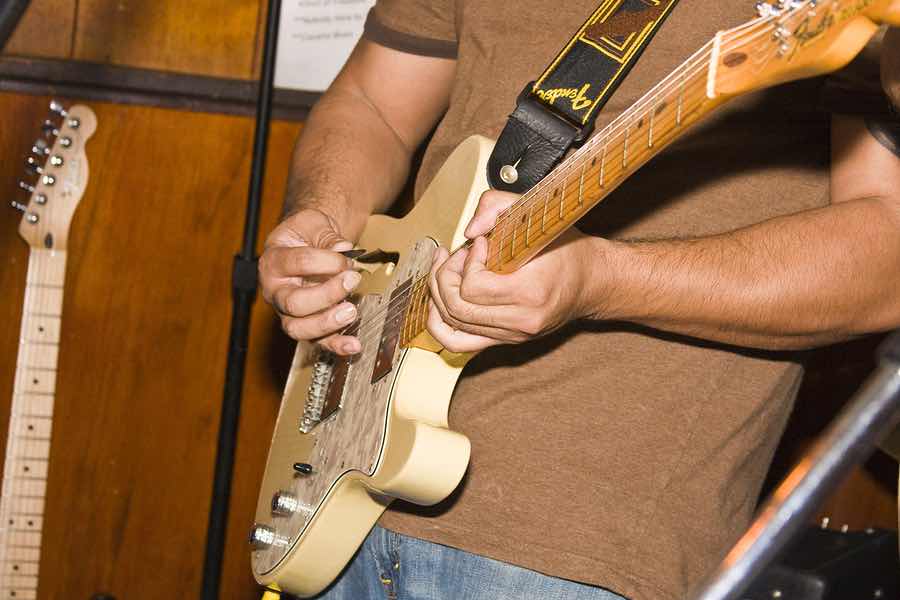 Today I’ll show you 3 cool blues licks from the 50CoolBluesLicksImprovisation Course. (See below this post for more info).
Today I’ll show you 3 cool blues licks from the 50CoolBluesLicksImprovisation Course. (See below this post for more info).
Blues licks are an essential part of learning to solo and improvise on your guitar. They are small parts/fragments of an entire solo. You can see them as the beautiful words that spice up your story line, bringing drama, elegance, juice, soul, and excitement to your soloing. You can incorporate licks into your solos, copy them, learn from them, rip them apart, and rebuild them to create your own.
Building a vocabulary of licks expands your musical ideas and insight, and gives you greater flexibility in your soloing and improvisation.
Know that blues licks are not just for blues music. They are used widely in rock, country, jazz, pop and many other styles of music. They are beneficial to your playing in every way.
So let’s get started.
Enjoy!


If you want to learn more cool blues licks, how to create your own, connect licks together, learn to solo and improvise all over the neck, and dive into the scale shapes, tricks and tools to really master the Pentatonic / Blues Scale inside out, check out:
The 50CoolBluesLicksImprovisation Course
Get Your Soloing and Improvisation Skills to the Next Step!

 A guitar lick is a phrase (a short musical idea) made up of a series of notes that you can use and incorporate into your soloing and improvisation. You can also see it as a small part or fragment of an entire solo. Good licks can add magic, excitement and drama to your solos.
A guitar lick is a phrase (a short musical idea) made up of a series of notes that you can use and incorporate into your soloing and improvisation. You can also see it as a small part or fragment of an entire solo. Good licks can add magic, excitement and drama to your solos. The pentatonic scale is an awesome scale. It’s a fairly easy scale and it can be used for almost every style of music: blues, country, pop, rock and more.
The pentatonic scale is an awesome scale. It’s a fairly easy scale and it can be used for almost every style of music: blues, country, pop, rock and more. A double stop is when you play two notes at the same time, also called “dyads” (you might have heard of the more familiar term “triads” where you play three notes at the same time).
A double stop is when you play two notes at the same time, also called “dyads” (you might have heard of the more familiar term “triads” where you play three notes at the same time).